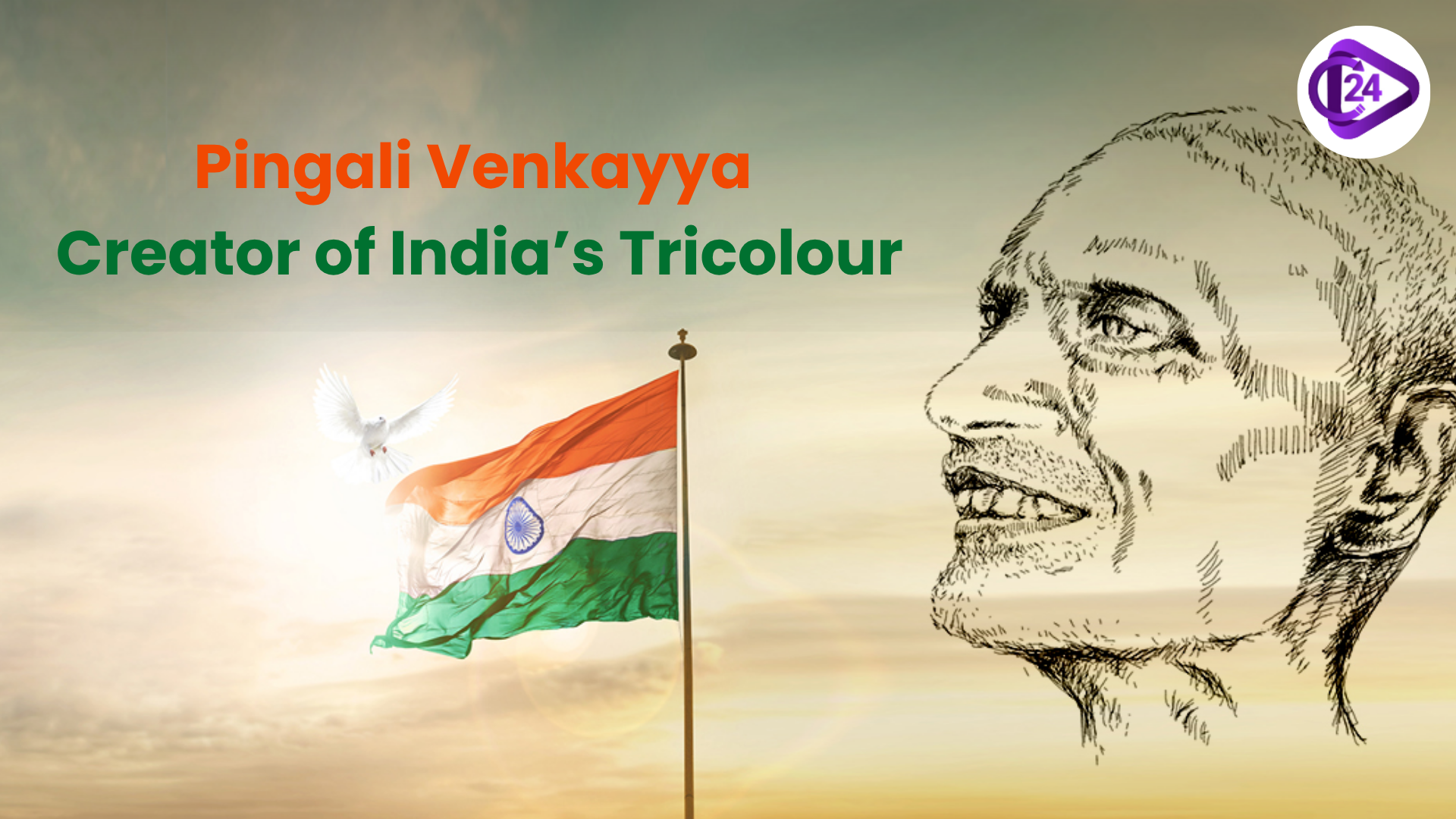
Pingali Venkayya, who was born on 2 August 1876 in the Andhra Pradesh state, is said to have designed the Swaraj flag that had been converted into the India national flag. Venkayya was a follower of Mahatma Gandhi and a freedom fighter, linguist and agriculturist who also took part in the freedom movement. In 1921, he introduced his flag design at the INC session held at Vijayawada which included the saffron, green, and subsequently white along with the charkha. His pattern was an indication of the social agreement, peace and self sufficiency, and this then grew as the foundation of the existing tricolour in 1947. Being such a huge contributor, he fell into obscurity and died in 1963. The commemoration of his legacy is nowadays being carried out through the Har Ghar Tiranga campaign.
Context:
-
On August 2, 2025, prime minister Narendra Modi remembered Pingali Venkayya on his birthday and encouraged the people of the country to join the #HarGharTiranga campaign.
Key Points
About Pingali Venkayya?
|
Feature |
Details |
|
Born |
2 August 1876, Andhra Pradesh |
|
Known As |
Jhanda Venkayya (Flag Venkayya) |
|
Major Contribution |
Design of Swaraj flag (precursor to Tricolour) |
|
INC Session |
Vijayawada, 1921 |
|
Symbolism |
Saffron, White, Green; Charkha (later replaced by Ashoka Chakra) |
|
Death |
4 July 1963 |
|
Recognition |
Stamp (2009), Statue (2021), Har Ghar Tiranga Campaign |
Who is Pingali Venkayya?
-
Pingali Venkayya was the designer of the Non-controversial national flag of India.
-
He was born to Shashimohanappa and Venkatanarayana at Bhatlapenumarru village near Machilipatnam in Krishna district of Andhra Pradesh in the year 1876.
-
Educated in the science of geology in Colombo, and besides his Dear affection for the English and French languages, had a great turn for the oriental languages, which he studied with the utmost ability, and besides Javancese and Malay, was tolerably proficient in Javanese; Japanese; OR, Urú; Sanskritt.
-
Fought in the British Indian Army in the Second Boer War (1899–1902) and intensified his nationalist outlook.
-
Also known by:
-
“ Patti Venkayya” – for his research on cotton
-
“Japan Venkayya“ – for delivering speech in Japan
-
"Jhanda Venkayya- for designing the national flag
-
Evolution of Indian Flag
-
The flag has a moral universe in every element of it:
-
Saffron: Sacrifice and bravery
-
White: Peace, truth, transparency
-
Green: Growth and unity with nature
-
-
Ashoka Chakra (24 spokes): duty, law and the eternal progress wheel
-
The flag is not a piece of cloth; it is the philosophy of civilisational ethos of India that is inclusive, dynamic, democratic.
Part in Freedom Movement
-
Was with Mahatma Gandhi when he was in South Africa, became a die-hard follower of Gandhi.
-
Participated in numerous national movements between 1906-1922 in:
-
Vande Mataram Movement
-
Home Rule Movement Home
-
-
Briefly an official as plague officer, but then went into the freedom struggle full-time.
Life and Legacy
-
The family located at Nellore after independence and Monappa became an advisor to the Government involved with the Mineral Research Department.
-
Was the author of the book World of Diamonds ( 1955 ) as he knew many things about geology and diamonds.
-
He died destitute and in relative obscurity, on July 4 1963.
Posthumous Recognition:
-
There is also a postage stamp created to honour him in 2009.
-
During Azadi Ka Amrit Mahotsav (2021), a bronze statue was inaugurated in Guntur.
-
The reigniting of national pride in his contribution is the Har Ghar Tiranga movement.
Conclusion
Pingali Venkayya has done more than provide the textile of the Tricolour, he has done so by the ideologies of unity, self-reliance and peace that the tricolour symbolizes. It should be noted that symbolism needs to be grounded in substance as we live in a time of growing nationalism when his legacy reminds us that it is not about the symbolism, not about representation because it should merely be about the substance. As India approaches one century of its independence, it is essential to awaken the history of sacrifice and inclusivity by celebrating the unknown heroes such as Venkayya who created our independence.



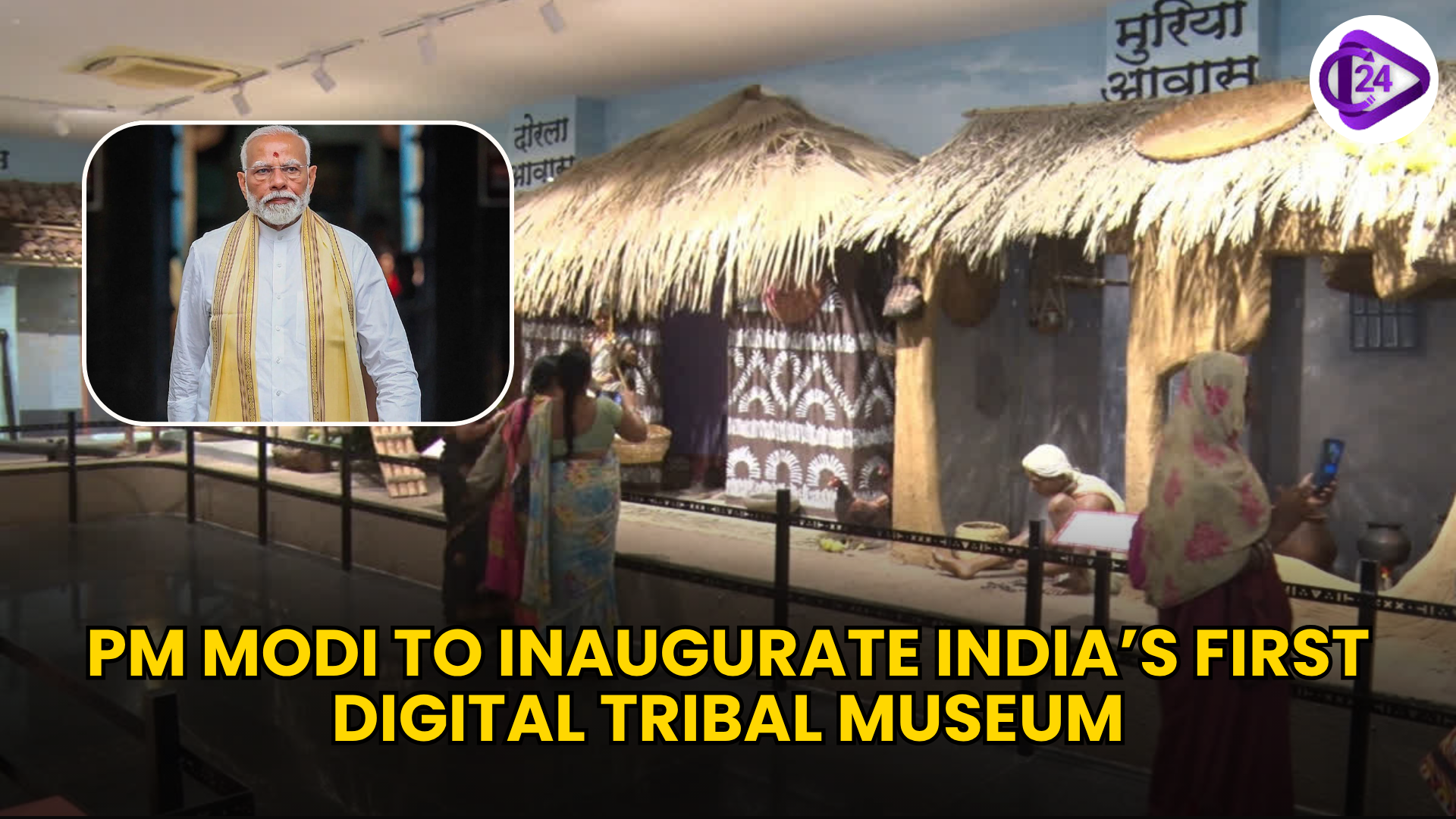 PM Modi to Inaugurate India’s First Digital Tribal Freedom Fighters Museum in Naya Raipur
PM Modi to Inaugurate India’s First Digital Tribal Freedom Fighters Museum in Naya Raipur President Appoints Justice Surya Kant as the 53rd Chief Justice of India
President Appoints Justice Surya Kant as the 53rd Chief Justice of India 150th Birth Anniversary of Sardar Vallabhbhai Patel: India Celebrates National Unity Day 2025
150th Birth Anniversary of Sardar Vallabhbhai Patel: India Celebrates National Unity Day 2025 Ministry of Coal Launches Koyla Shakti Smart Analytics Dashboard
Ministry of Coal Launches Koyla Shakti Smart Analytics Dashboard Droupadi Murmu Becomes First Indian President to Fly in Rafale
Droupadi Murmu Becomes First Indian President to Fly in Rafale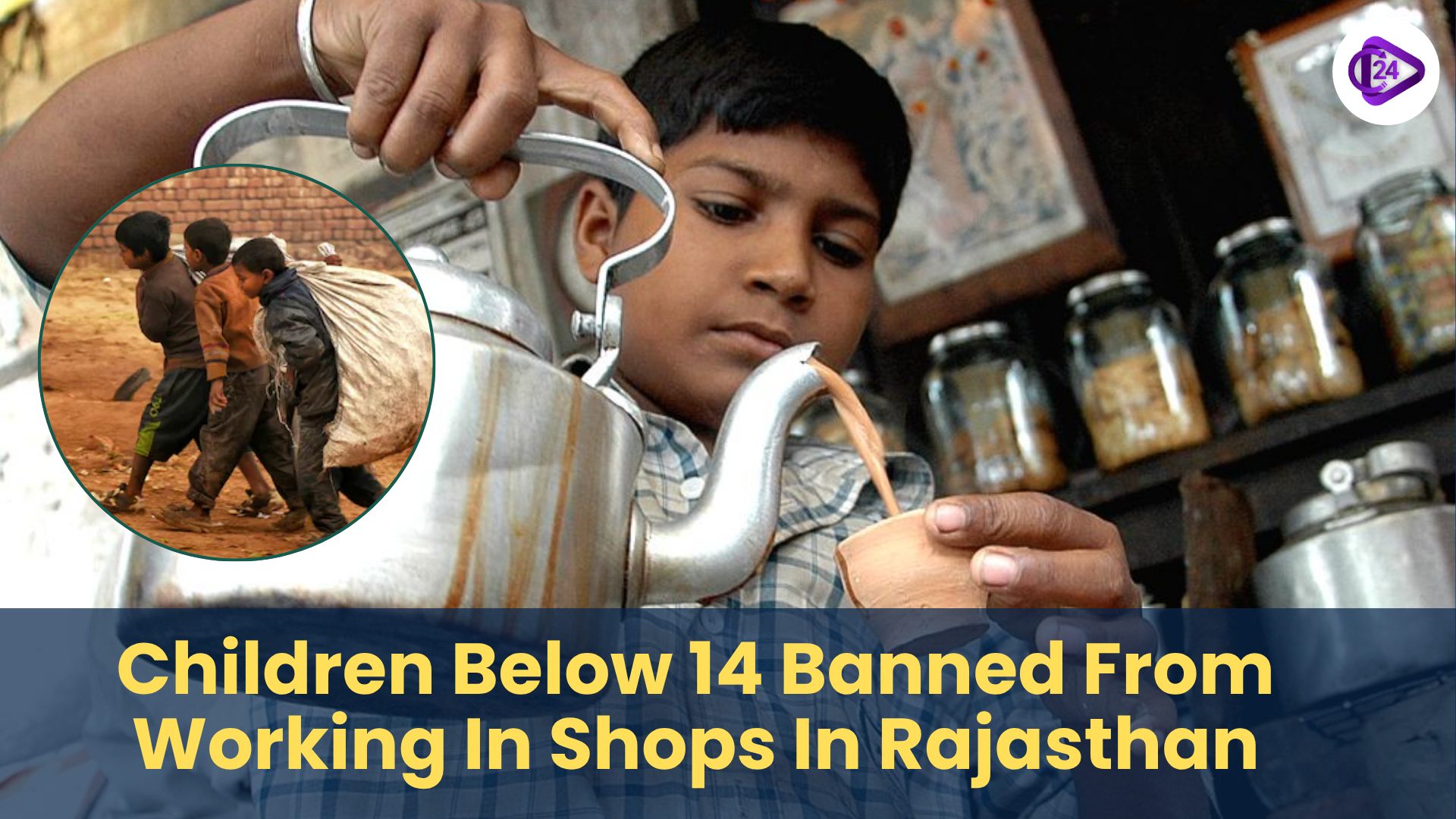 Rajasthan Bans Employment of Children Below 14 in Shops and Commercial Establishments
Rajasthan Bans Employment of Children Below 14 in Shops and Commercial Establishments India's First Glass Suspension Bridge, Bajrang Setu, Will Redefine Rishikesh Tourism by 2025
India's First Glass Suspension Bridge, Bajrang Setu, Will Redefine Rishikesh Tourism by 2025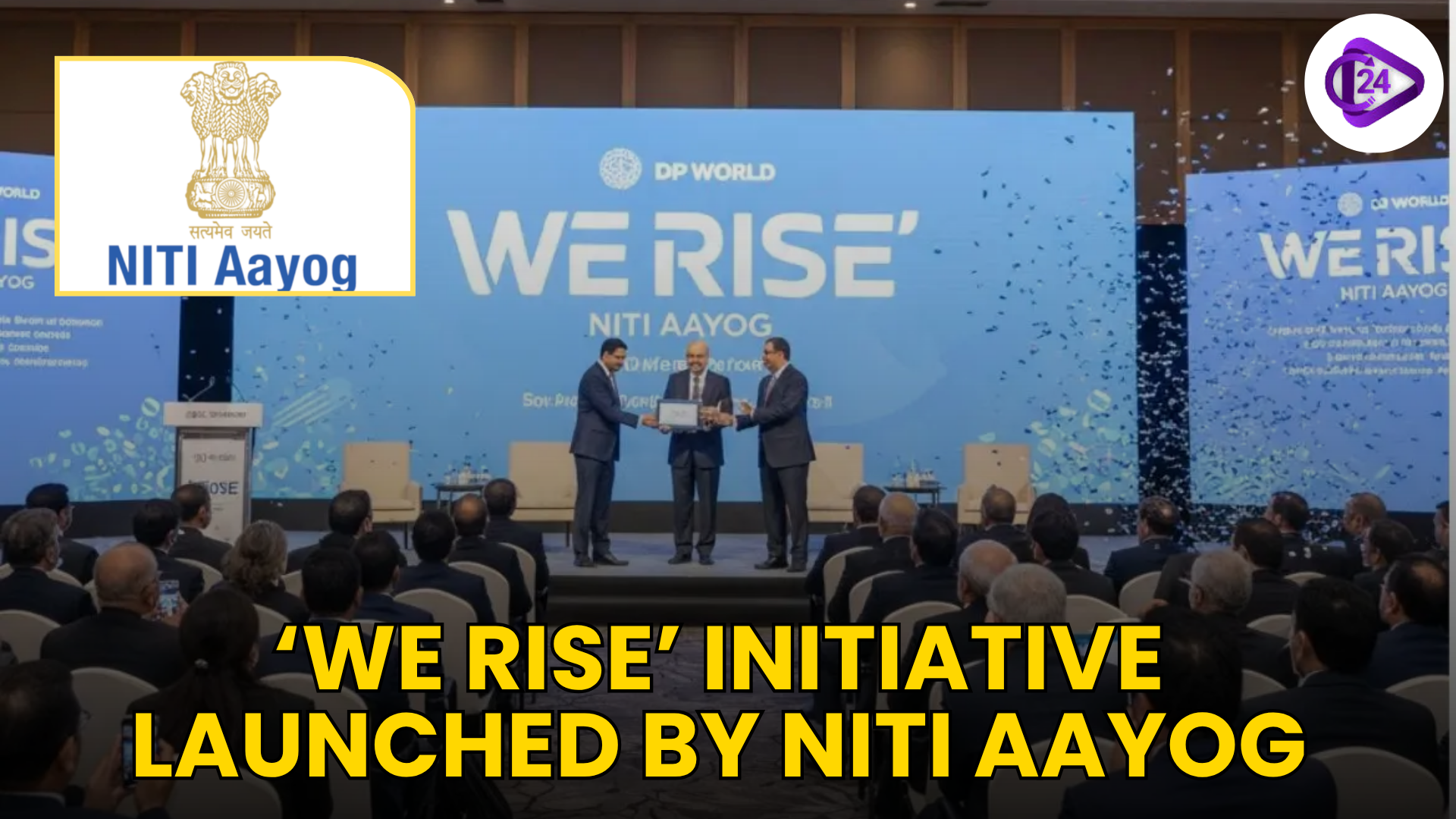 NITI Aayog’s ‘We Rise’ Empowers Women Entrepreneurs
NITI Aayog’s ‘We Rise’ Empowers Women Entrepreneurs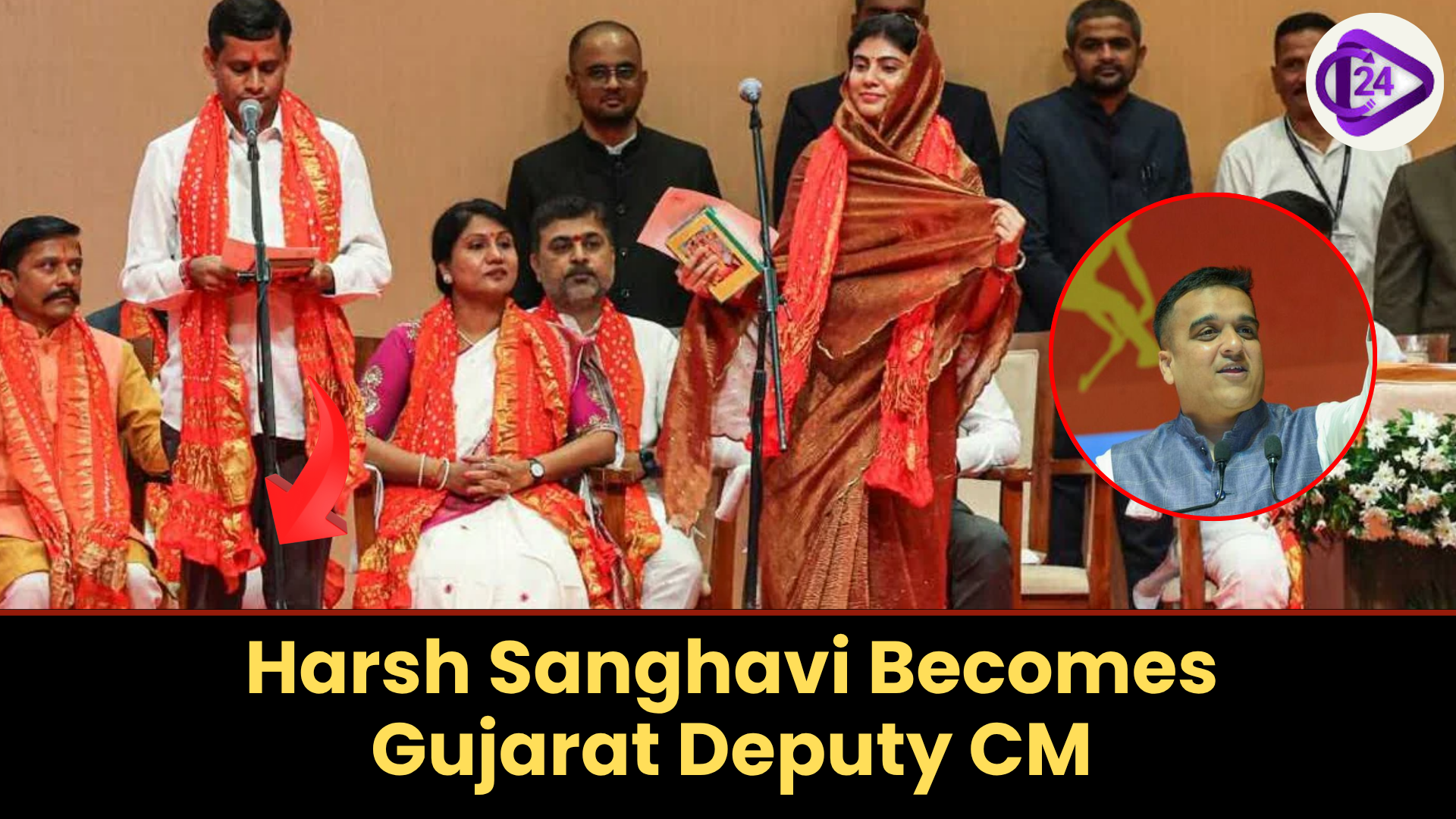 Harsh Sanghavi Appointed Gujarat Deputy Chief Minister in Major Cabinet Reshuffle
Harsh Sanghavi Appointed Gujarat Deputy Chief Minister in Major Cabinet Reshuffle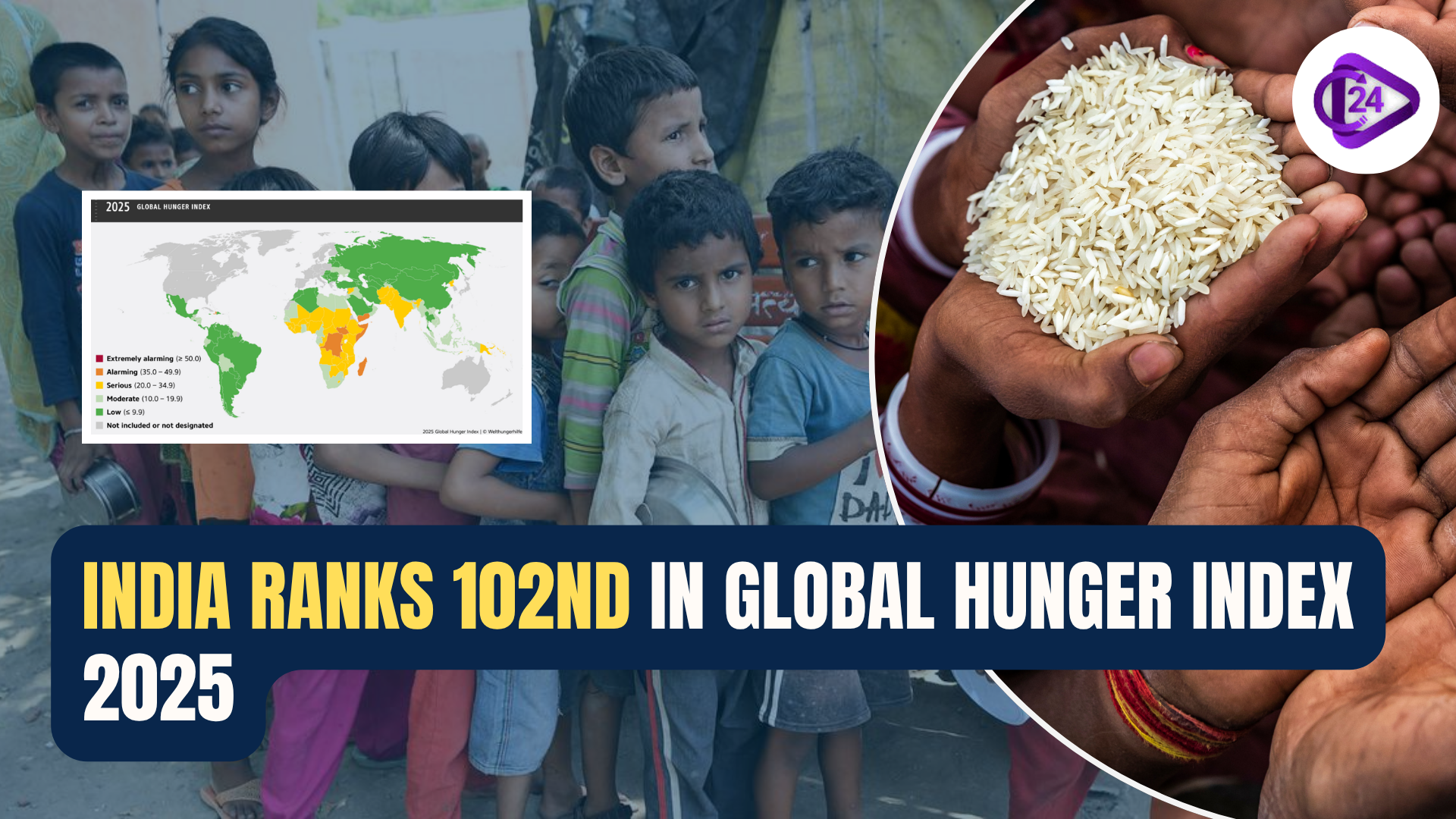 India Ranks 102nd in Global Hunger Index 2025: Hunger Remains a Serious Challenge
India Ranks 102nd in Global Hunger Index 2025: Hunger Remains a Serious Challenge






